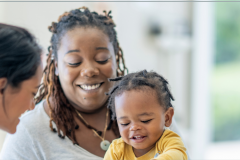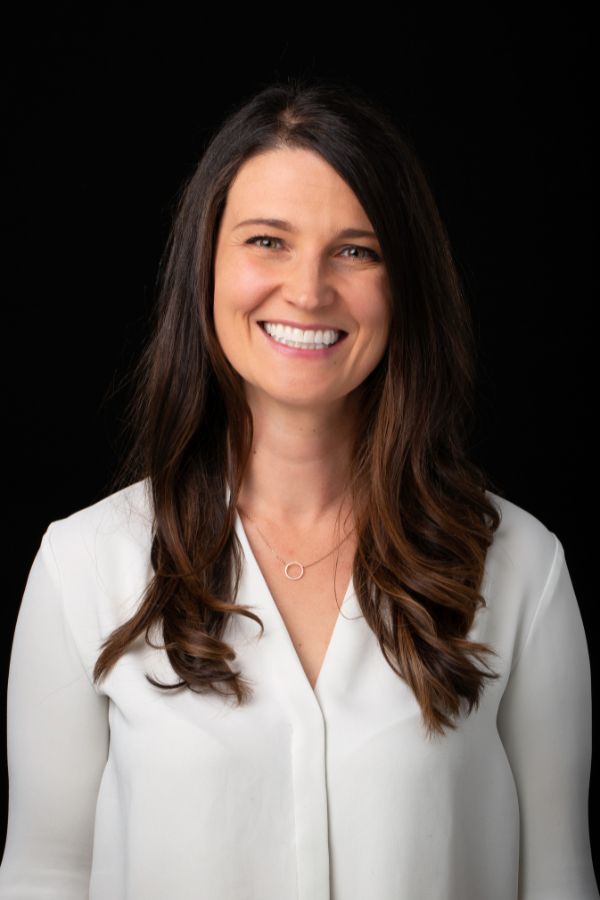
The World Health Organization defines self-care as the ability of individuals, families, and communities to promote health, prevent diseases, and cope with illness, with or without the support of health-care workers. Supporting one’s own emotional and physical health by practicing individual acts of care is an important measure. If expanded into more communal and equitable activities rooted in joy and connection, self-care could feel more inclusive and realistic, especially for children and youth experiencing tough circumstances.
“I strongly believe in community care,” says Dr. Lianne Tomfohr-Madsen, an investigator at BC Children’s Hospital Research Institute (BCCHR). “When we focus too much on the individual, we risk treating burnout and stress as personal problems, instead of recognizing them as collective challenges.”
Dr. Tomfohr-Madsen, who is also an associate professor in the Department of Educational and Counselling Psychology, and Special Education (ECPS) at the University of British Columbia, defines community care as the act of supporting people through mutual aid, shared resources, and collective responsibility for care. We had a conversation with Dr. Tomfohr-Madsen to learn more about her perspectives.
You mentioned that stress should be recognized as a collective challenge. What have you found so far in your research about different forms of stress?
My research focuses on a few key protective factors that help buffer against the intergenerational transmission of stress: restorative sleep and strong community connection. Sleep plays a fundamental role in recovery from stress. It allows both the body and brain to reset, making it easier to cope with daily challenges.
Community is equally important. Humans are deeply social by nature, and a sense of belonging has tangible physiological effects. For example, social connection supports a healthier microbiome — the collection of microorganisms in the body that, in part, protects us against disease — and regulates the body’s stress response. When parents are embedded in a caring, supportive community, both they and their children tend to be more resilient.
Unfortunately, our culture often places the burden of caregiving solely on parents, which can contribute to caregiver burnout and childhood anxiety. In my research program, we aim to shift this narrative by helping parents build their mental health resources and cultivate networks of mutual support.
Earlier in my career, I focused on mindfulness-based approaches. While mindfulness can be helpful, its effects tend to be limited when used in isolation. In contrast, the benefits of being part of a reliable, caring community — such as knowing that someone will step in to help if you’re in crisis — are enduring.
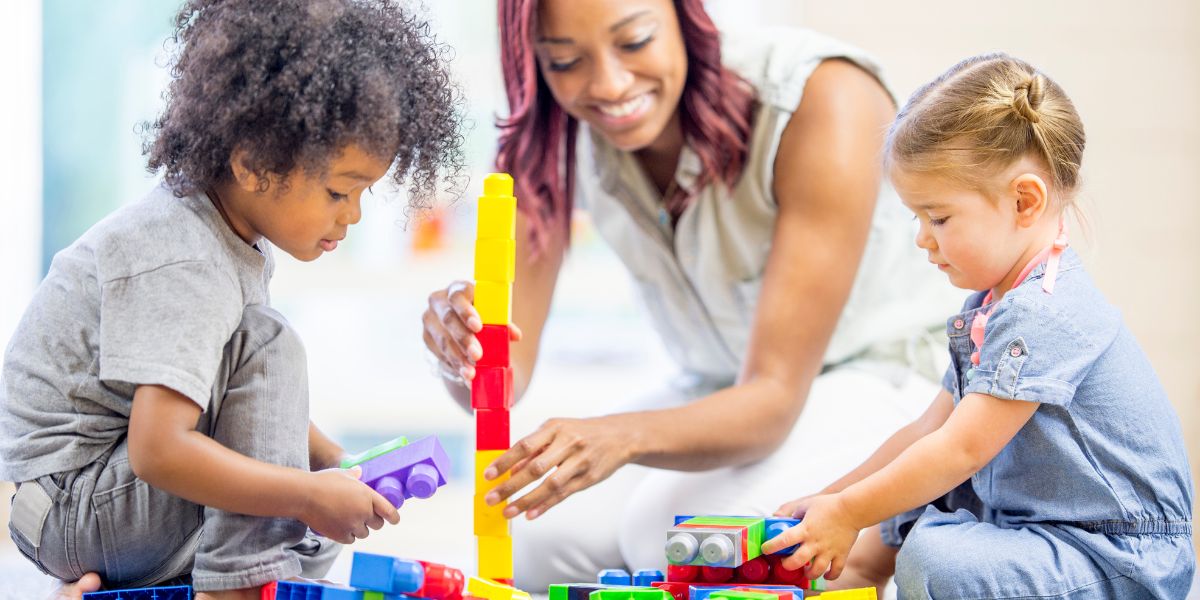
Can we advocate for both self-care and community care?
Yes! Self-care can be an important part of maintaining emotional and physical well-being, especially when it involves practices like getting enough sleep, exercising, eating nourishing food, and setting healthy boundaries.
That said, in my work with new parents — many of whom are racialized or living with limited financial resources — I often hear how the popular notion of self-care feels unrealistic. When someone is struggling with depression or anxiety, they’re often advised to, for example, take a yoga class or go for a walk. But for many, especially those juggling multiple jobs and full-time caregiving, these suggestions can feel dismissive or even out of touch.
In these contexts, self-care can inadvertently become a form of blame, placing the responsibility for well-being entirely on the individual while ignoring the structural barriers they face. Most people want to care for themselves; what they often lack is time, money, and support.
That’s why I’ve increasingly emphasized community care. Supporting those who are most vulnerable — whether through government programs, food banks, or mutual aid networks — is a shared responsibility. When we invest in community infrastructure, we make space for both individual healing and collective resilience.
What are the main stressors impacting families?
Families today face a range of chronic stressors that directly affect their health and well-being, including food insecurity, unstable housing, limited access to education, systemic discrimination, racism, and gender-based violence. These aren’t just social issues; they’re powerful predictors of health outcomes.
One of the strongest determinants of lifelong health is whether a person experiences safety and consistency in childhood. Those who grow up with trauma or instability are more likely to face mental health and financial challenges later in life. Yet they’re often made to feel solely responsible for repairing the damage, even though the origins of their difficulties typically lie in broader systemic failures.
How can individuals rely on community care when they might be in an environment where they feel isolated?
In my clinical work, I’ve seen that it’s challenging for families to thrive in the absence of meaningful community connection. Yet for many — especially those navigating complex medical, psychological, or socioeconomic challenges — isolation can feel like the default.
Building community in these contexts often requires courage — both in extending support to others and in asking for help. I encourage families to seek out shared spaces where they can connect with peers who understand their experiences. For caregivers of pediatric patients, this might mean joining a hospital-based parent group or online support group; for others, it could involve community-based gatherings or support networks organized around shared interests or identities. Even informal activities like a group of parents organizing a camping trip can create a sense of belonging that supports emotional well-being.
These peer-based connections don’t replace professional care, but they’re powerful complements to it. When paired with individualized strategies like rest, boundary-setting, and therapy, community care becomes a critical pillar of resilience — one that helps individuals feel seen, supported, and less alone in their journey.
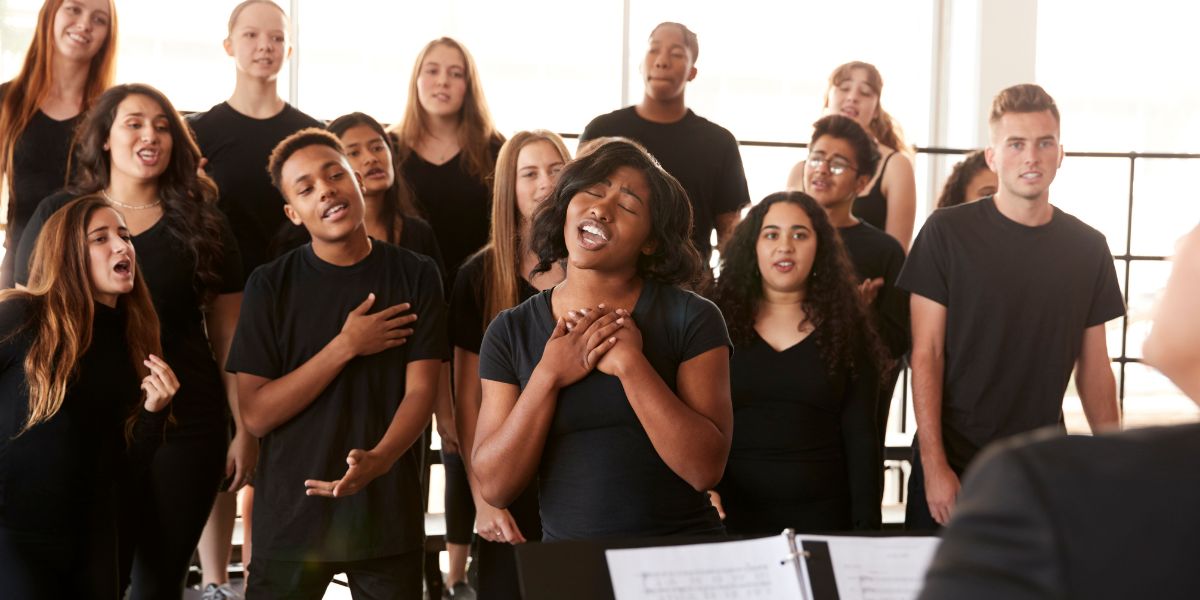
What does community look like for introverts and extroverts?
Community doesn’t look fundamentally different for them — both benefit from connection, belonging, and mutual support. The key difference lies in how people recharge. Introverts often restore their energy through solitude, while extroverts feel most energized through social interaction.
The same community setting can meet the needs of both, as long as there’s flexibility and respect for individual preferences. Take choir, for example: both introverted and extroverted members might find joy in singing together. After rehearsal, the extrovert might stay to socialize, while the introvert may choose to head home, feeling fulfilled by the group connection but ready for quiet time.
Ultimately, community care isn’t about constant togetherness. It’s about knowing you’re part of a network where you’re supported and where your needs and rhythms are respected.
How can someone identify their needs beyond medical treatment?
Children and families often experience a range of emotional and psychological needs that extend beyond medical care, but these can be difficult to identify — especially in young children who may not yet have the language to express how they feel. That’s why it’s so important for caregivers and health-care providers to normalize emotional check-ins and help children recognize when something doesn’t feel right.
For youth and caregivers, burnout and emotional exhaustion are common but often go unspoken or even unidentified. Many people struggle to ask for help, even when they know they need it. I encourage families to reflect on what would help them feel stronger or more grounded — whether that’s rest, connection, or professional support — and reach out without shame.
Tools like self-assessments or mental health check-ins can also be useful in recognizing when someone is consistently feeling low. And interestingly, research shows that the act of giving — such as through volunteering — can improve well-being and extend lifespan.
Which steps would you recommend to avoid feeling burnout?
One of the most important — and often overlooked — strategies to prevent burnout is making space for happiness and joy. Life is meant to be enjoyable, especially for children. Yet in the face of stress, illness, or caregiving demands, play and pleasure are often the first things to go.
For families, creating opportunities for safe, spontaneous play can be incredibly protective. That might mean organizing unstructured time outdoors, visiting a water park, or simply letting kids jump on a trampoline. These aren’t just distractions; they’re meaningful ways to support mental health.
The same principle applies to youth and adults. Whether it’s baking, running, sewing, going to concerts, or spending time in nature, self-care shouldn’t be limited to reducing stress or treating anxiety. It’s also about actively engaging in whatever brings vitality and joy.
I encourage people to protect time for the things that make them feel like themselves — not as a luxury, but as an essential part of staying well.
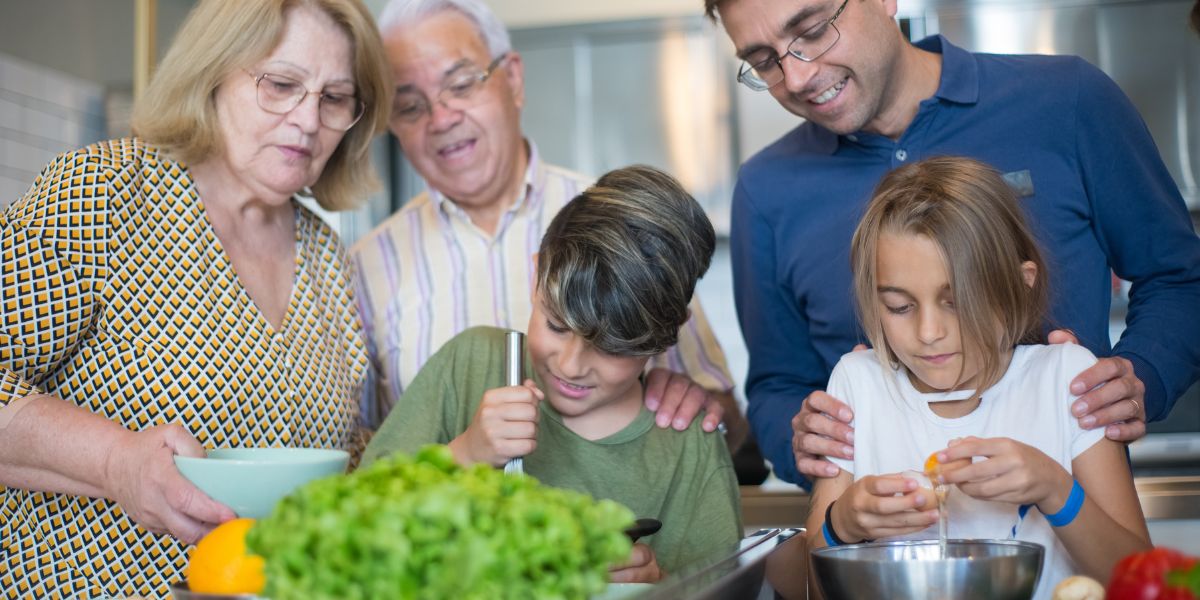
What would you recommend for families trying to build community?
We found that parents who visit the library or community centres — simple, accessible spaces — report better mental health than those who don’t. Their children also experienced positive outcomes. That speaks to the power of small, everyday opportunities for connection.
When supporting families in building community, I recommend avoiding rigid goals, and instead focusing on values. Setting an intention grounded in something meaningful like connection, kindness, or curiosity can guide small but powerful steps. For example, if you hear your neighbours talking and you’d typically stay inside, you might decide to go say hello. That one interaction can be the first step toward a sense of belonging.
This approach also works for children and youth. When they name what they care about — whether it’s family, friendship, or creativity — parents can help them align daily actions with those values. A child who values connection might benefit from regular visits with relatives. Another who dreams of being a baker could start with simple recipes at home or join a cooking class at a community centre — places where they might naturally connect with others.
Community is rarely built in grand gestures. It starts with small, consistent acts of engagement, rooted in what matters most to us.




